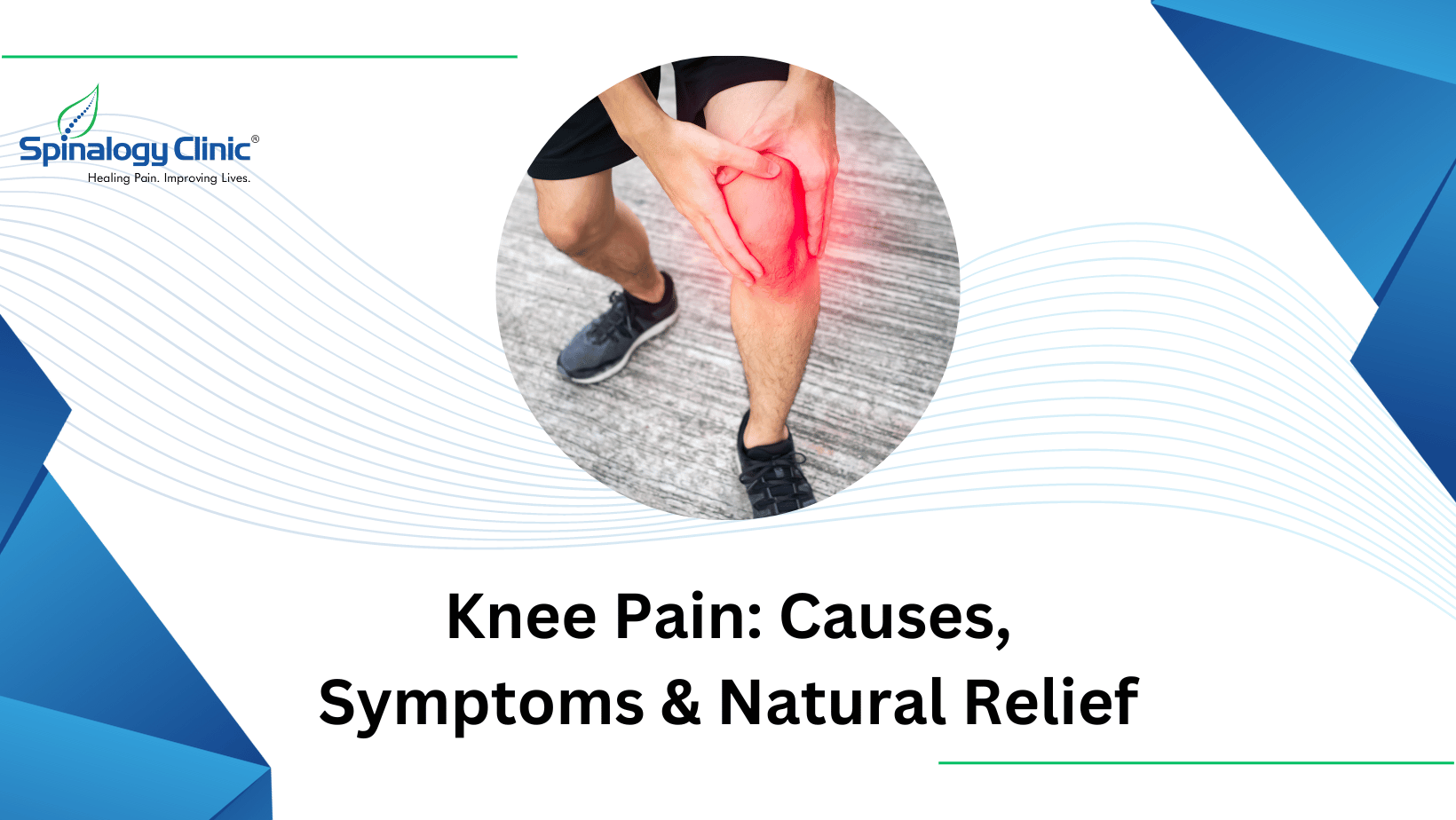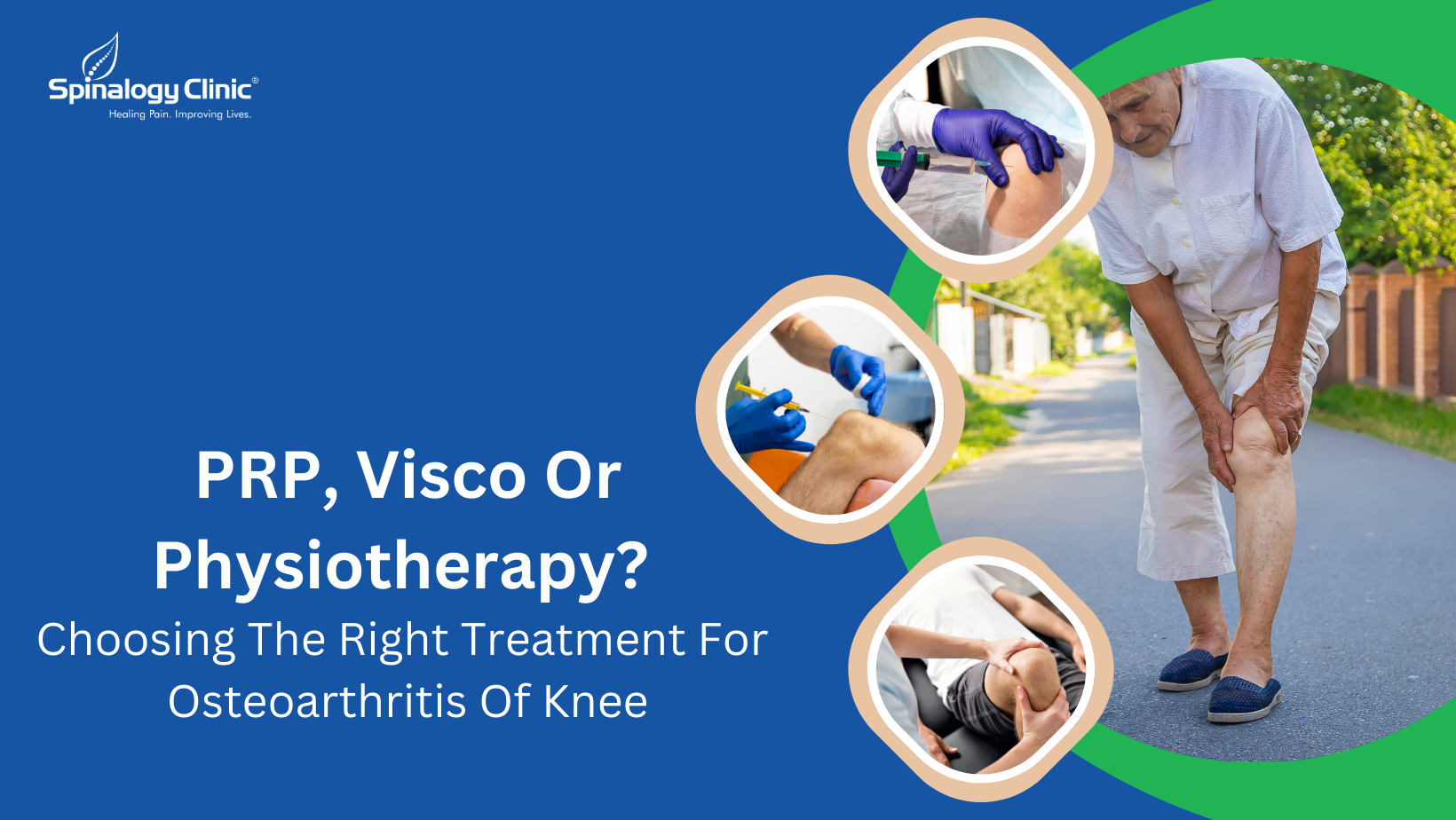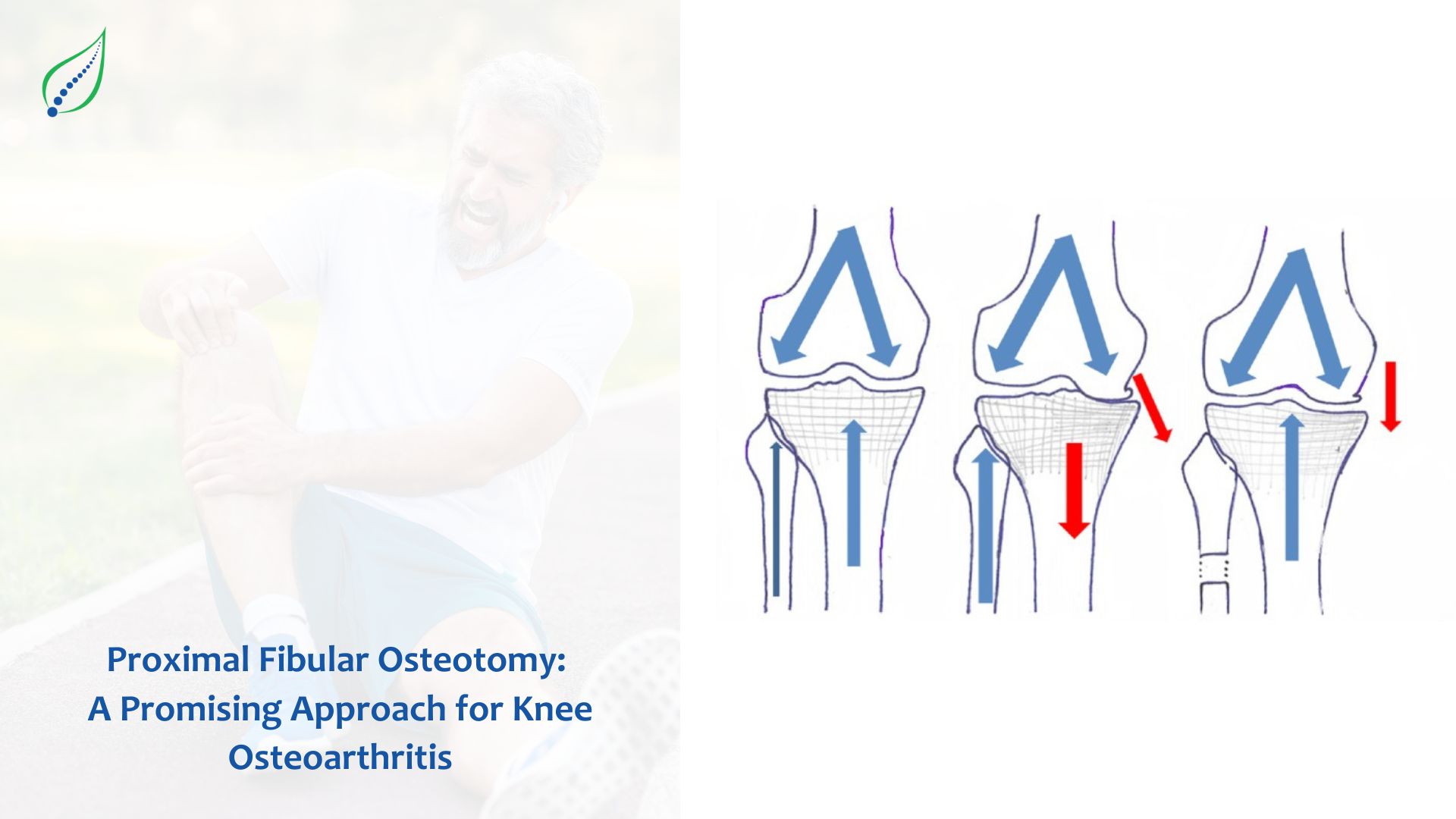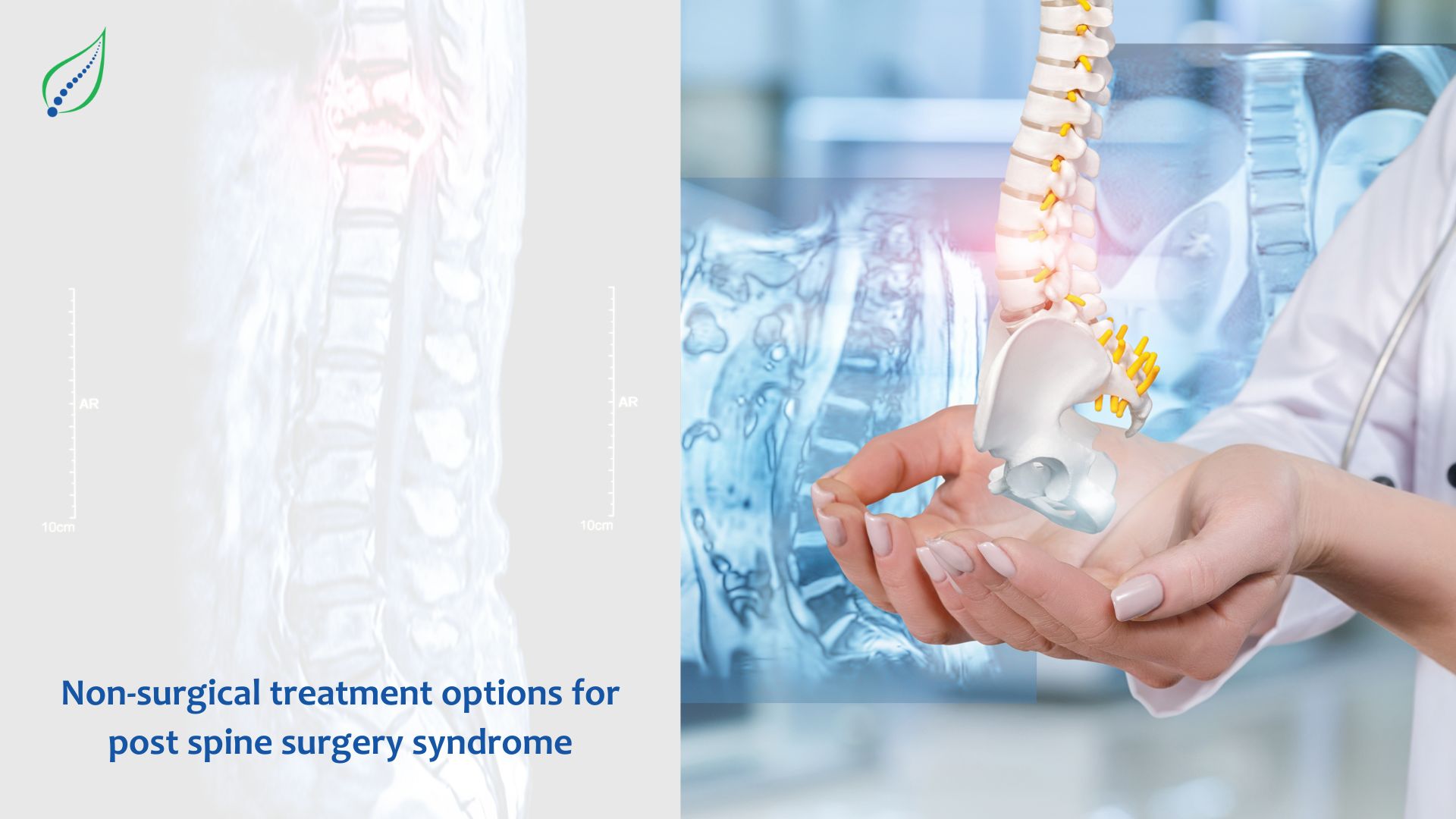Knee Pain: Causes, Symptoms And Natural Relief
Knee pain is incredibly a common complaint that affects people of all ages. Knee pain is a special problem for athletes and also elderly. Over half of all athletes endure it every year. It may start suddenly, often after an injury or exercise. Knee pain may also begin as a mild discomfort, then slowly worsen.
Causes of Knee Pain
Some of the most common reasons for knee pain in young are swollen or torn ligaments, meniscus (cartilage) tears, runner’s knee and in old age degenerative arthritis.
Causes of knee pain include injury, mechanical problems, degeneration, arthritis infrequently infection, and rarely bone tumors.
Knee Injuries: A knee injury can affect any of the ligaments, tendons or fluid-filled sacs (bursae) that surround knee joint as well as the bones, cartilage and ligaments that form the joint itself. Some of the common knee injuries such as anterior cruciate ligament injury or medial collateral ligament injury may cause bleeding into your knee, which makes the pain worse.
An ACL injury is the tearing of the anterior cruciate ligament (ACL). An ACL injury is particularly common in people who play basketball, soccer or other sports that require sudden changes in direction.
MCL injury is damage to the ligament on the inside of the knee. It is often caused by twisting or an impact to the outside of the knee. Medial ligament injuries are common in contact sports such as football and rugby, as well as martial arts.
Torn Meniscus – It can be torn if you suddenly twist your knee while bearing weight on it.
Knee Bursitis – Overuse, fall, or repeated bending can irritate the bursa, causing pain and swelling. There are two types of bursitis called “Housemaid’s knee” and “Preacher’s knee,” since they are often caused by kneeling. A “Baker’s cyst” – swelling of one of the bursae.
Patellar Tendinitis – Tendinitis is irritation and inflammation of one or more tendons. Pain in the front of knee that gets worse when going up and down stairs or inclines. Overuse can make the tendons inflamed and sore. One type of knee tendonitis is called “Jumper’s knee.”
Strain or Sprain – Minor injuries to the ligaments caused by sudden or unnatural twisting.
Mechanical Problems: Some of the examples of Mechanical problems such as:
Iliotibial Pain Syndrome: There is a lateral knee pain caused by inflammation of the distal portion of the iliotibial band; the iliotibial band becomes inflamed at its proximal origin and causes referred hip pain. Distance runners are especially susceptible to iliotibial band syndrome.
Dislocated Knee Cap: This occurs when the patella covers the front of your knee slips out of place, usually to the outside of your knee.
Arthritis – Including rheumatoid arthritis, osteoarthritis, and gout.
Osteoarthritis – It’s a wear-and-tear condition that occurs when the cartilage in your knee deteriorates with use and age.
Rheumatoid Arthritis – It is an autoimmune condition that can affect almost any joint in your body, including your knees
Gout – This type of arthritis occurs when uric acid crystals build up in the joint.
Pseudogout – This is a similar condition to gout in that crystals of calcium are deposited in and around the joint. Knees are the most common joint affected by pseudogout.
Septic Arthritis (infected knee) – Sometimes knee joint can become infected, leading to swelling, pain and redness. Often occurs with a fever and all the movements of the knee are very painful.
Osgood-Schlatter’s disease – Swelling and tenderness over the bony bump just below the knee cap is known as Osgood-Schlatter’s disease. This is a common cause of knee pain and swelling in teenagers, particularly teenage boys who sprain or overuse their thigh muscles when playing football or other sports.
Fractures – Fractures of any of the bones of the knee are traumatic injuries typically caused by moderate to high forces e.g. car accidents or contact sports.
Chondromalacia (Patello-femoral syndrome) – PFPS can be defined as anterior knee pain in which pain is felt around the kneecap or in front of the knee.
SYMPTOMS OF KNEE PAIN
The location and severity of knee pain may vary, depending on the cause and which structure involved the problem. It doesn’t matter how old you are or how active you may be, you may wind up experiencing knee pain symptoms. Knee pain is not pleasant. It can interfere with your ability to walk, to sit and to sleep.
Some common knee pain symptoms are:
Swelling and Stiffness
Redness and warmth to the touch
Tenderness
Inability to fully strengthen tke knee
Inflammation in the joint may be caused by even minor activity
Knee Popping and snapping-Knee popping and snapping are usually felt or heard during an injury, in most cases, when the ACL ligament is torn
Weakness or instability to extend the knee-this happens when the ligaments are torn or stretched
Knee Locking -One of the common knee pain symptoms is knee locking, which occurs when you cannot straighten or bend your knee. This locking may be caused by pain which prevents the normal motion of the knee, or by something which physically blocks the motion of the knee
Knee Grinding or Crunching noises -Knee grinding is also one of the common knee pain symptoms when there is a cartilage problems, and the same grinding sensation can also be felt when one is suffering from knee arthritis. In chondromalacia, the cartilage is damaged, you will feel a crunching sensation when you bend your knee or place the hand over the knee cap
Acute knee injuries can cause pain and swelling with difficulty bending the knee and weight-bearing. If the swelling occurs immediately, it may suggest a ligament tear or fracture
Pain while climbing stairs is a symptom of meniscus injury, where the cartilage is being pinched in the joint as it narrows with bending
Pain with walking down stairs suggest patellar pain
The timing of the pain always makes it easier to identify knee pain symptoms:
The pain experienced after you are first waking in the morning, but resolves quickly as you move it gently This is always a problem when one is going through the early stages of arthritis.
Pain will also be experienced when you are going down stairs. This is always the case with kneecap problems.
NATURAL RELIEF FOR KNEE PAIN
Ice: Ice reduces both pain and inflammation. Ice Therapy is generally safe and effective, 10 to 15 mins for two times per day.
Steam: Heat therapy is as effective in dealing with pain, as cold therapy. Therefore, you could sit in a steamy bath tub so that your knee soaks up the warmth from the water, which is excellent for alleviating the pain. Alternately, you could apply a hot water bag on your knee too.
Massage therapy: This technique is very effective in soothing aches and pains all over the body. Gently massage the knee area with some warm olive oil for 2-3 times a day. Massage for at-least 5-10 min at each time.
Weight Exercises: Avoid any activities that increase the pain, such as climbing stairs, Weight bearing activities.
Compression: A compression bandage can help prevent swelling and help knee alignment. It should not be tight and should be removed at night. This helps prevent fluid build-up in damaged tissues and maintains knee alignment and stability
Elevation: To help reduce swelling, try propping your injured leg on pillows or sitting in a recliner.
Physical therapy: Physical therapy is an important aspect of treatment of almost all orthopaedic conditions. Physical therapists use different techniques to increase strength, regain mobility, and help return patients to their pre-injury level of activity.
A physiotherapist asks patient to strengthen, stabilize and balance their quadriceps and hamstrings that also play a vital role in the health of the knee.
Stretching exercises will help complement the muscle-strengthening exercises. Stretching the muscles and tendons that surround the joint can help with some causes of knee pain.
Strengthening exercise which strengthen the muscle that support the knee and control limb alignment such as quadriceps, hamstrings and the muscles around your hip (especially hip abductors).
Knee braces or arch supports may help protect your joint and improve the alignment of your kneecap and stability to the knee and prevent the knee from giving out during activity
Taping of the patella helps in reducing the pain and enhance your ability to exercise
Suitable footwear such as springy soles helps in reducing strain when walking.




